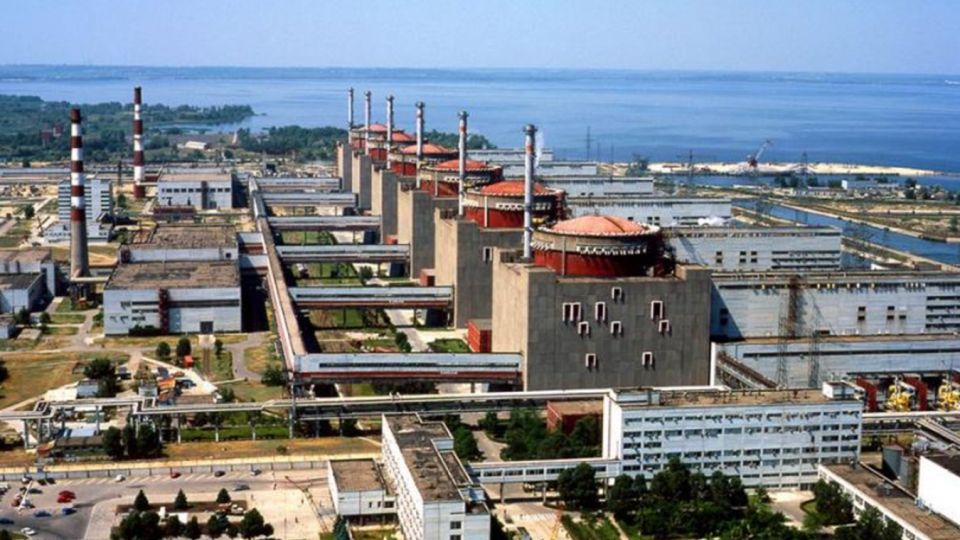Research quantifies the health and climate value of the U.S. nuclear fleet
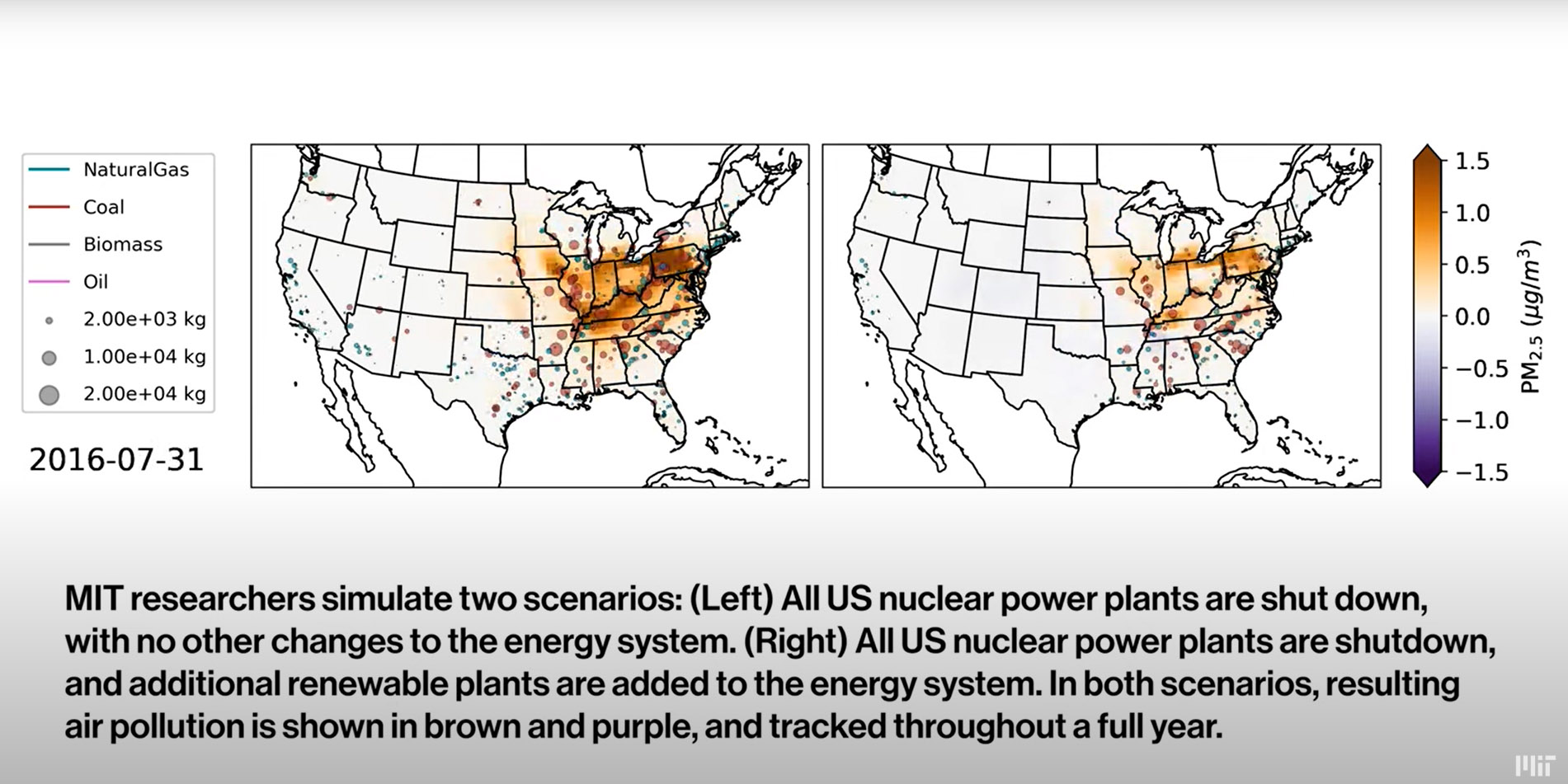
Nuclear power is the single largest source of clean energy in the United States, but how can the value of “clean” be measured? Two recent reports by researchers at the Massachusetts Institute of Technology and Pacific Northwest National Laboratory, respectively, measured the clean energy benefits of nuclear energy in different ways: the benefits to human health from the air pollution avoided and the future economic value of avoided carbon emissions.



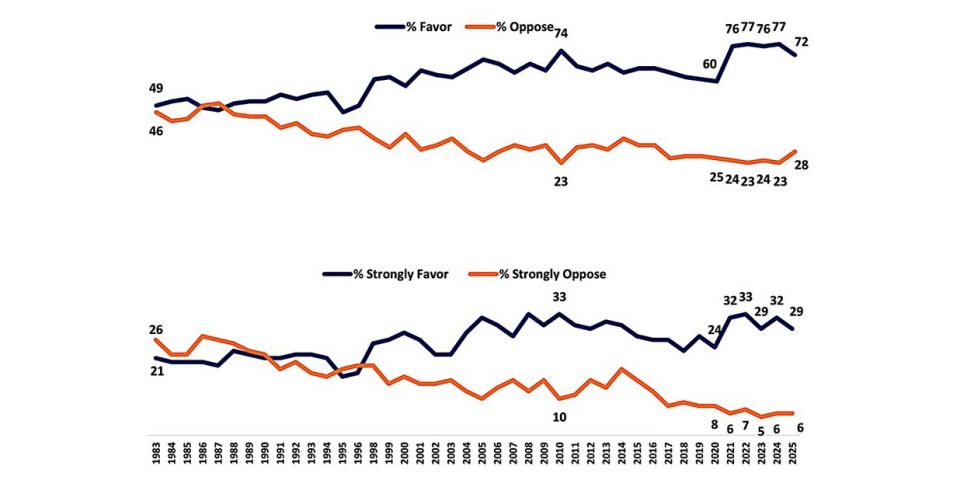



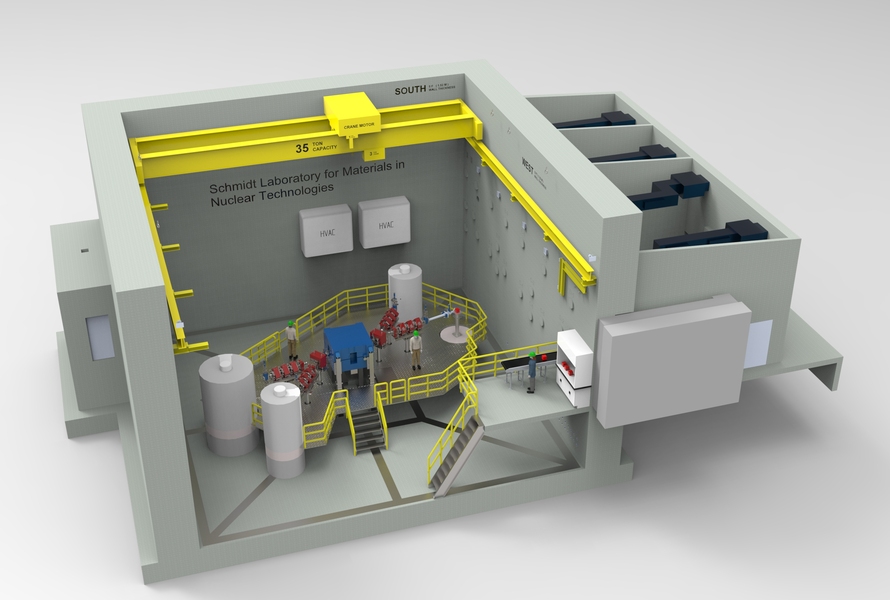
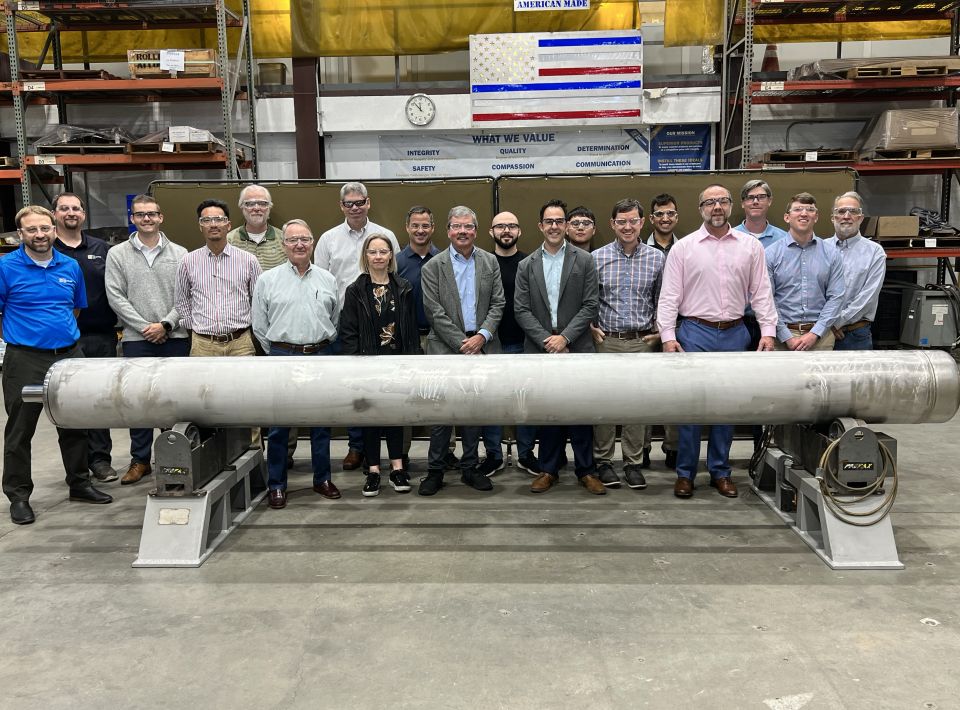 rotated.jpg)
